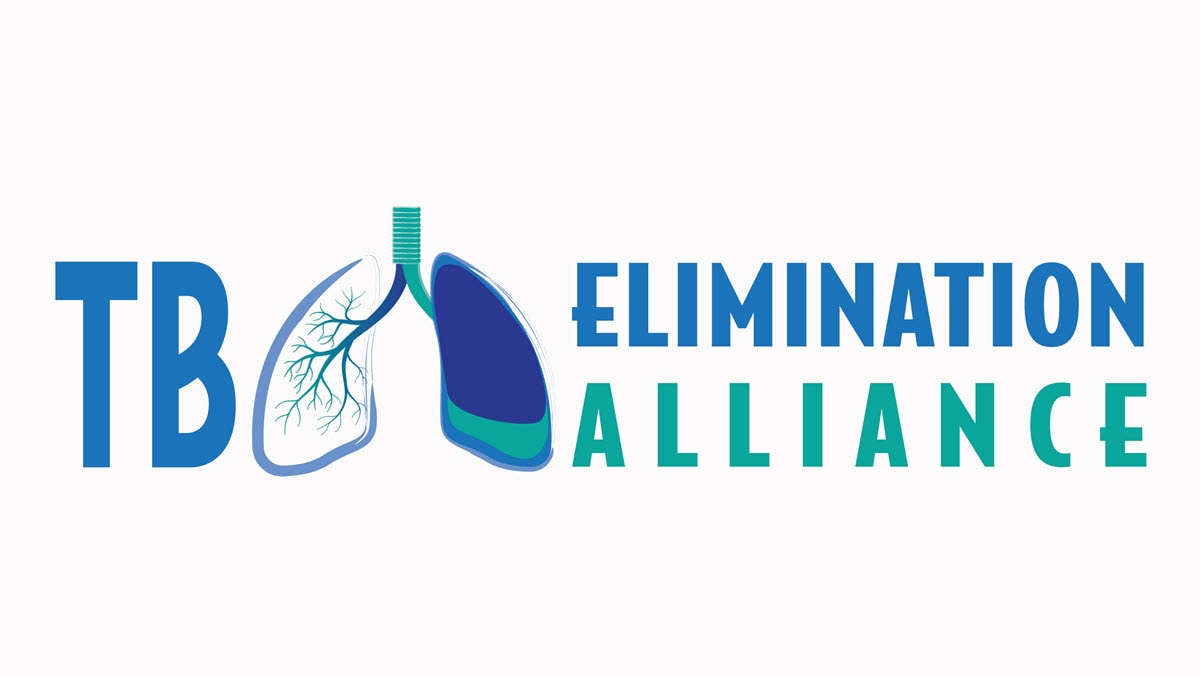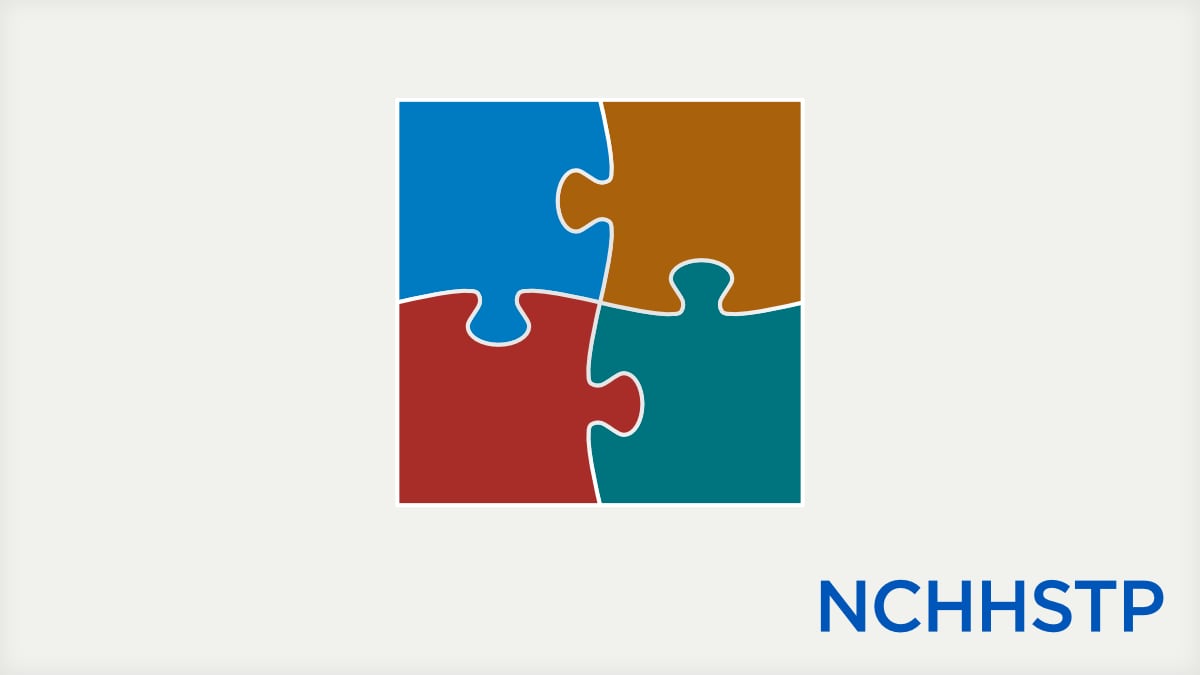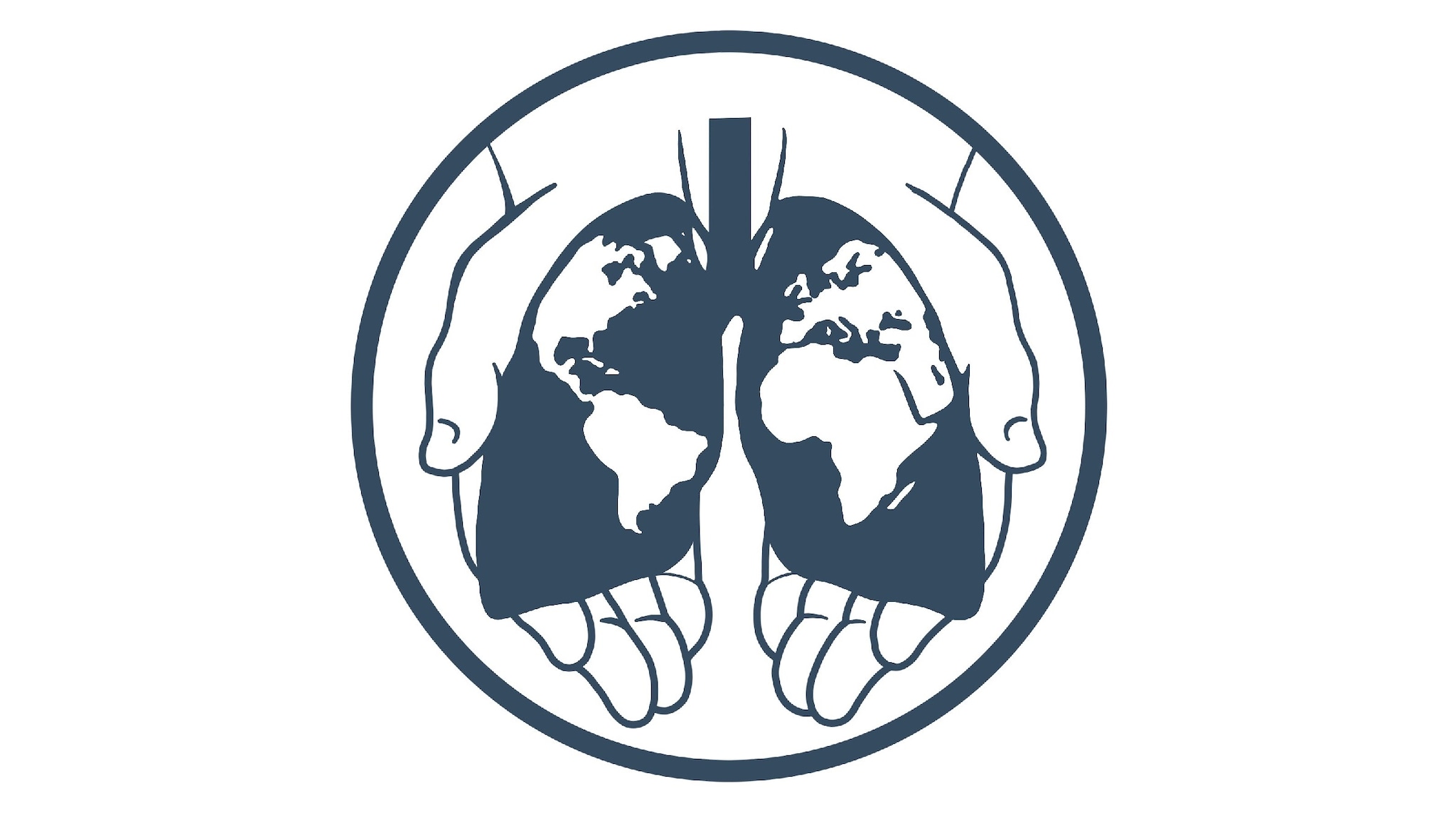Key points
- Anyone can get tuberculosis (TB), but some groups have a higher risk for TB than others.
- TB continues to affect Asian persons at a higher rate than other groups.
- Several factors contribute to the higher rates of TB among Asian persons.

Health disparities
In the United States, TB adversely affects groups that have historically experienced greater obstacles to health, including Asian persons. Several important factors contribute to the higher rates of TB among some Asian persons.
TB disease affects Asian persons more than others.
What CDC is doing
Achieving equity by addressing disparities
To eliminate health disparities among TB and Asian persons, CDC:
- Promotes the Think. Test. Treat TB. campaign to reach people most at risk for inactive TB, also known as latent TB infection, and their health care providers to encourage TB testing and treatment
- The Think. Test. Treat TB. campaign is the first national multilingual communications campaign to increase testing for inactive TB, a major health disparity among Asian Americans
- The Think. Test. Treat TB. campaign is the first national multilingual communications campaign to increase testing for inactive TB, a major health disparity among Asian Americans
- Highlights the personal stories of people who were diagnosed and treated for TB, as well as the work of TB control professionals
- Leads community engagement and outreach in communities at increased risk for TB, including Asian persons, through organizations such as the TB Elimination Alliance to increase knowledge, testing, and treatment of TB
- Develops culturally and linguistically appropriate patient education materials with Asian communities, such as the Questions and Answers About Tuberculosis Booklet, which is available in multiple languages
- Shares patient education materials for Asian communities through platforms like Find TB Resources
- Compiles national reports of TB cases and TB case rates by gender, race and ethnicity, risk factors, and geographic location
- Continues the work of two CDC research consortiums to
- Examine more effective TB treatment options and
- Study the risks for TB among persons with certain medical conditions
- Examine more effective TB treatment options and
- Engages health care providers to ensure they know about the latest TB diagnostics and treatment options available
- Collaborates with national and international public health organizations to
- Improve TB screening of immigrants and refugees, and
- Test recent arrivals from countries with high rates of TB disease
- Improve TB screening of immigrants and refugees, and
Resources
Tuberculosis Elimination Alliance (TEA)
Health Disparities in Asian People
Materials are available free of charge for order via CDC-Info On Demand Publications (see ordering instructions).





